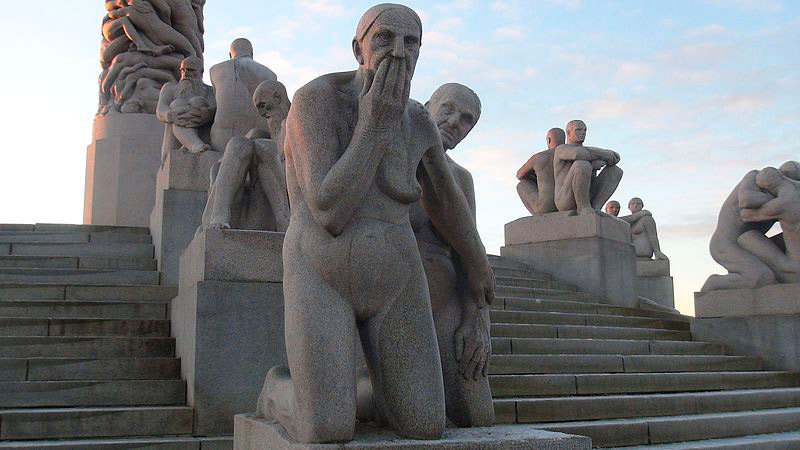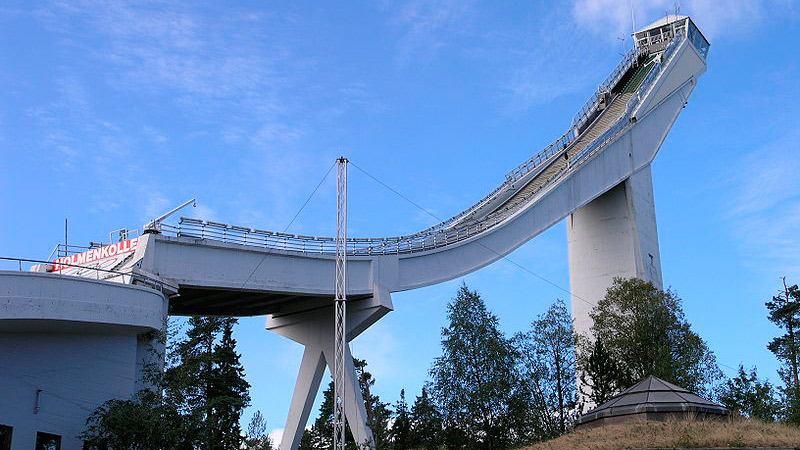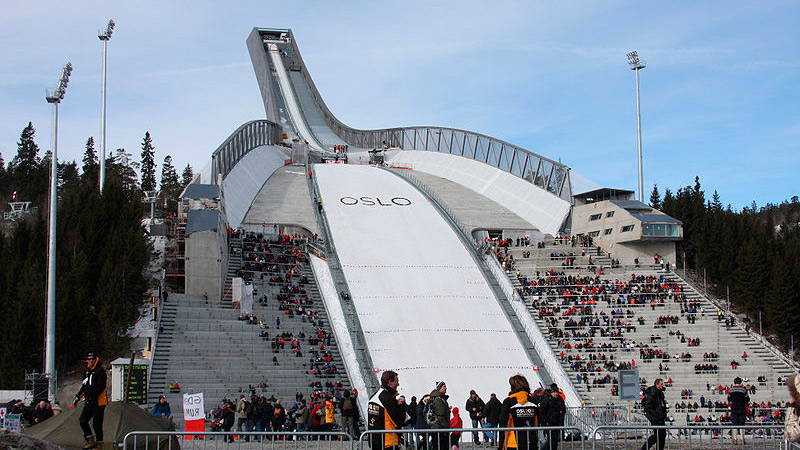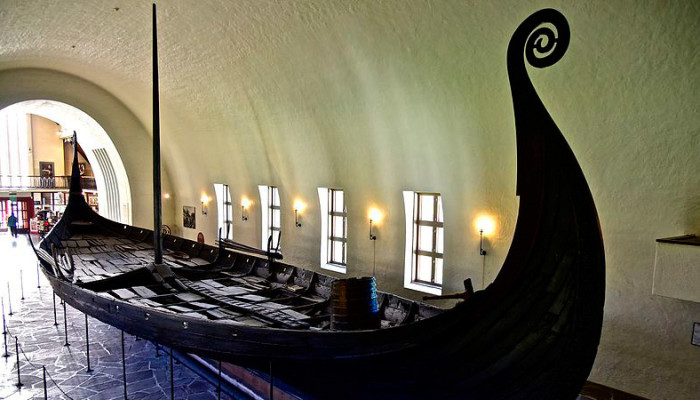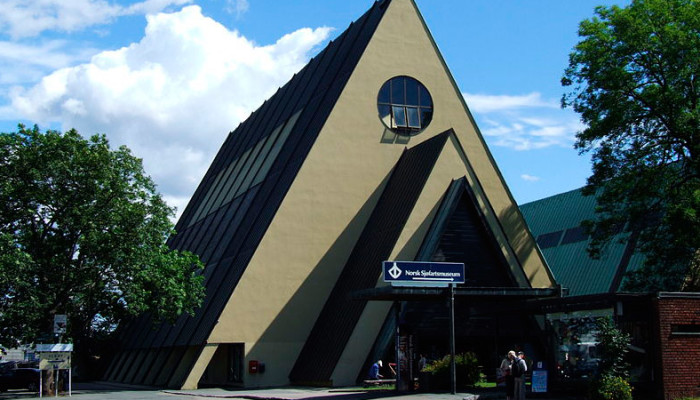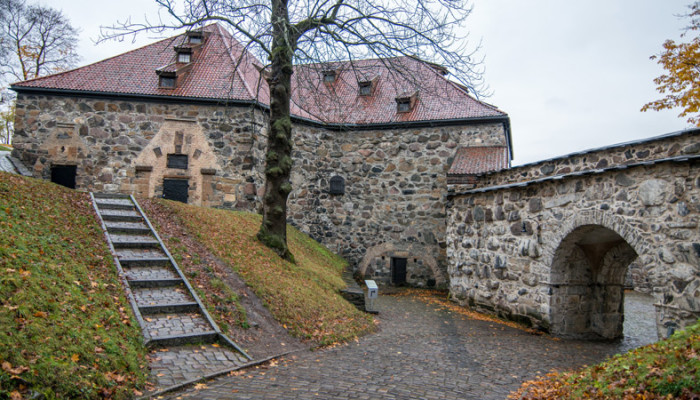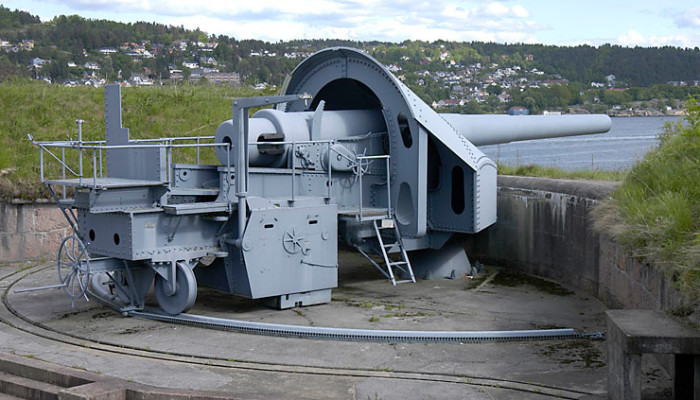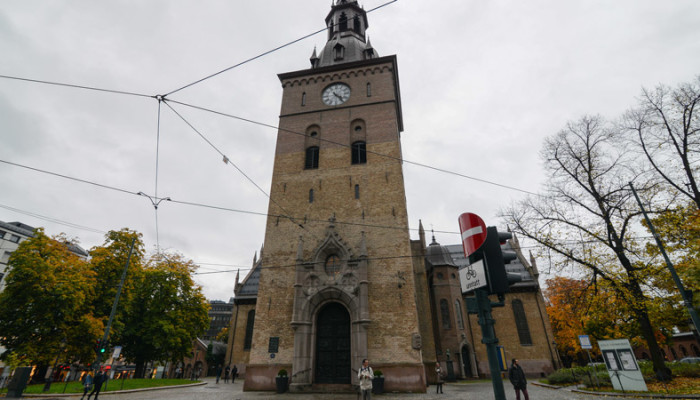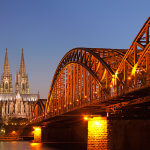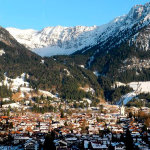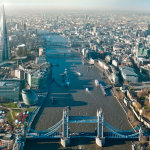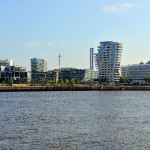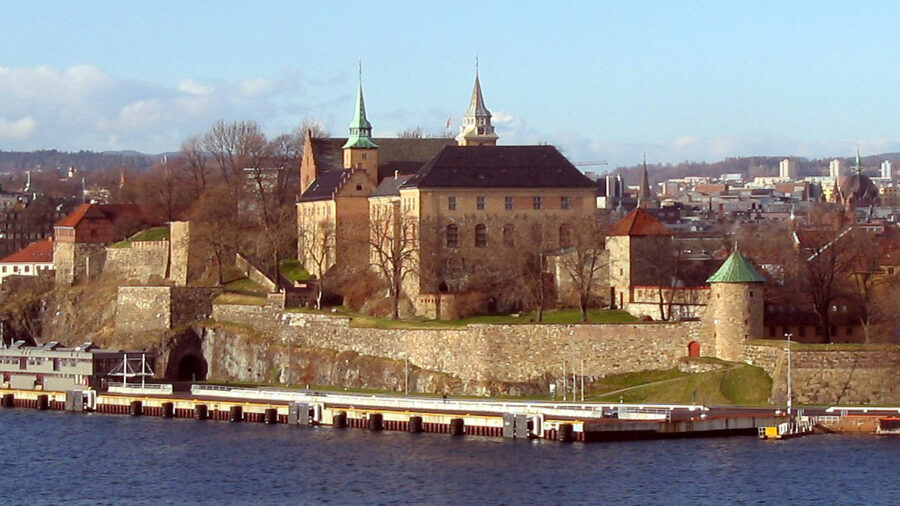
14 Apr Oslo
Oslo, the capital of Norway, located in the Southern Norway and in the northern part of the Oslo Fjord, is the largest city of the country and also a province. During the years 1624 – 1877 the city was known as Christiania, and between 1877/1897 – 1924 the name was Kristiania. Bygdøy peninsula almost divides the fjord in two parts. The area is known of verdant mounds and mountains. The highest point is Kirkeberget (629 meters). The largest lake of the country, Maridalsvannet, is located in Oslo. There are 40 islands in the Oslo region, and the Akerselva River flows through the city. Oslo is especially remembered from the 1952 Winter Olympics, and Holmenkollen Ski Festival is held annually.
[adinserter block=”14″]
What to do and see in Oslo?
Vigeland Sculpture Park
Vigeland Sculpture Park has over a million visitors annually, and it is one of the most popular attractions in Norway. In the unique park created by sculptor Gustav Vigeland (1869 – 1943) are over 200 sculptures made of bronze, granite and cast iron. The most famous statues are Angry Boy, Monolite and Wheel of Life. The park is a popular recreation area which is open all the year round.
Holmenkollen Ski Museum and Tower
Holmenkollen is a historical landmark of Norway. There has been organized skiing competitions already over one hundred years. The first ski jump was constructed in 1892, and after that the skiing festival has been held annually. Ski jump competition was not in the program, however, until 1933. Before that, Nordic combined was the dominant event. Inside the ski jump is located the oldest skiing museum in the world, opened in 1932. It was moved to its modern location in 1966. In the museum is displayed 4,000 years history of skiing, Norwegian polar exploration, snowboarding and modern skiing. From the observation deck of the tower are panoramic views over Oslo. There is also a café, ski simulator and a shop in the area. The museum is open all the year round.
[adinserter block=”4″]
Norwegian National Opera and Ballet
The Opera House of Oslo is an imposing, angled and white building which seems to be rising directly from the water. The visitors can climb to the roof to admire the view over the city. At the street level are large windows, from which the passers-by can follow the rehearsals and workshop activities. The interiors are mainly made from oak, and the main hall is built in the form of a horseshoe resembling historical theaters. The house was designed by a Norwegian architecture firm Snøhetta, and it has received lots of awards. There are three stages which have the total capacity of 1969 spectators. Also on the roof and in the foyer are held concerts. Guided tours are available in Norwegian and English.
[adinserter block=”3″]
The Viking Ship Museum
In the Viking Ship Museum are displayed the best-preserved Viking Ships of the world as well as findings from the tombs of Vikings. A novelty which has started on 1, April 2014 is the show The Vikings Alive which is displayed on the ceilings and wall over the ship Tune. In the exhibition objects are included findings from Gokstad, the ships Oseberg and Tune, little boats, sledges, a magnificent cart, textiles and household utensils. With the ticket of the Viking Ship Museum you have also the entrance to the Historical Museum, but the advantage should be used within 48 hours.
Fram Museum
In the Fram Museum is displayed the strongest wooden ship in the world, with which has been sailed to the southernmost and northernmost places of the world. The visitors can come on board the ship and find out how the crew managed to survive in the coldest and most dangerous places of the world, Arktis and Antarktis. The simulator of the museum reproduces the weather and dangers of the polar area one hundred years ago. In the Gjøa-building is an exhibition about the Arctic and Northwest Passages. There is also a souvenir shop in the museum. The exhibition can be explored in English, French, German, Italian, Spanish, Russian, Japanese, Chinese, Korean and Norwegian.
Norway´s Resistance Museum
In the Resistance Museum, located in a building dating from the 17th century, Akershus Fortress, is displayed Norwegian history from the period of the Second World War (1940 – 1945). In the exhibition the years of occupation are demonstrated through pictures, documents, posters, objects, models, copies of newspapers and recordings. The museum is dedicated to the memory of Norwegian patriots who were executed during the war.
Oscarsborg Fortress
Oscarsborg Fortress, traditionally knowns also as Akershus Fortress, has defended Oslo for hundreds of years. There were a lot of unrest in Europe in the 16th century, and that was why it was important to build a fortification further out from the capital. The king of Denmark and Norway, Christian IV, ordered in 1640 a blockhouse to be built on the southern part of the Kaholmen Island, and it was finished three years later. The state bought the island in 1845, and the construction of the modern fortification began in the following year. The king of Sweden and Norway Oscar I gave it the name Oscarsborg after his visit in the island in 1855. However, the fortification was old-fashioned already in the 1860s. During the negotiations between Sweden and Norway in 1905 the building was regarded as the strongest fortress in the Northern Europe. After the Second World War the significance of the fortification as a defense structure reduced, and since 2002 it has not a military position anymore. In 2004, the Norwegian Parliament founded the National Fortifications Heritage (Nasjonale festningsverk), which is responsible for the maintenance of 14 historical fortresses.
Nowadays operas and other music events are held in the fortress in summer. Guided tours are offered, and there are a lot of activities for children. The visitors can explore the subterranean tunnels and obstacle courses, refresh themselves in the beaches and go for crab fishing.
Oslo Cathedral
The Oslo Cathedral, originally used as a parish church, consecrated in 1697 and returned to its original baroque form in 1950, is the main church for the Church of Norway Diocese of Oslo. It is used for the weddings and funerals of the Norwegian Royal Family and Government. Also concerts are held in the church. Guided tours should be booked in advance.
The pulpit, altar piece and the organ decorated with acanthus carvings are originals. The large ceiling murals painted by Hugo Lous Mohr date from the years 1936 – 1950. The stained glass windows were designed by Emanuel Vigeland. The chapel on the southern side, completed in 1950, was planned by Arnstein Arneberg. The bazaar halls around the cathedral has been built during the years 1841 – 1858. Recently the church was re-named as Our Saviour´s Church.
Shopping
- Oslo City Center is the most popular shopping center in Norway with over 90 comprehensive shops on five floors. In the services are also included hairdresser, pharmacy, tailor, medical center, ATMs and shoe repair.
- In the shopping center Aker Brygge are 33 shops mainly concentrated on fashion and design, but also flowers, shoes, watches, glasses, food, jewelries, books and gift items can be bought from there. There are 32 restaurants and bars, an also a pharmacy, a dentist, a medical center and a fitness center are included in the services.
- Steen & Strøm is a comprehensive shopping center selling well-known Norwegian, Scandinavian and international brands. In the selections are, for example, women´s, men´s and children´s fashion, toys and food. There are lots of restaurants and cafés.
- Norway Designs, located in the city center, founded over 50 years ago, sells Norwegian, Scandinavian and European design. From the store can be found art glass, ceramics, fashion, silver jewelries, paper products, kitchen utensils, watches and small Scandinavian design products.
- Paleet, located in the main street of Oslo, Karl Johans gate, is a stylish shopping center with over 30 high quality fashion and lifestyle stores as well as several bars, cafés and restaurants. On the other side of the center is located the parliament house and the Royal Palace on the other.
- Mathallen is a market hall offering food from Norwegian small-scale producers and imported products, in which are over 30 specialty shops as well as several cafés and restaurants.
- The Gourmet Market is a grocery and restaurant concentrated on South European delicacies and offering Spanish, Italian and French food. The café serves indoors as well as outdoors, and snacks or even a cup of espresso or cappuccino can be taken away.
- Ferner Jacobsen is a large fashion department store with own tailor service.
- Bærumsk Verk is a shopping center located in a former ironworks dating from the year 1610 with 50 shops, several restaurants, handicraft workshops and art galleries. In the fascinating park area are changing sculpture exhibitions, old worker´s houses and a museum.
Kuvat: CC-lisenssillä / Julian Herzog dronepicr,
[adinserter block=”7″]
| Oslo, NO | -4°C clear sky | |
Wind
1 m/s, NNW
Humidity
79%
Pressure
763.57 mmHg | ||
[adinserter block=”12″]
How to get in Oslo?
There are direct connections from most of the big cities of Europe to Oslo. Several international airlines operate at the airport. Flights are available, for example, from London, Rome and Moscow.
By a ferry Oslo can be reached from Kiel, Fredrikshavn and Copenhagen. Read more here: http://www.visitoslo.com/en/transport/to-oslo/ferry/
Train connections to the city are available, for example, from Bergen, Stockholm and Gothenburg. From the Oslo Airport the city center can be reached in 20 minutes by a train. International trains arrive at the Oslo Central Station. Local trains stop further west at the National Theatre, Skøyen and Lysaker. Check out the train connections here: http://www.visitoslo.com/en/transport/to-oslo/train/
By a bus to Oslo can be traveled, for example, from Trondheim, Kristiansand, Stockholm, Copenhagen and Gothenburg. Read more here: http://www.visitoslo.com/en/transport/to-oslo/bus/
[adinserter block=”1″]
How to get around in Oslo?
The comprehensive public transport system of Oslo consists of buses, trams, subways, ferries and local trains. The local traffic is operated by the company Ruter, and the same ticket system is in use in every vehicles except the Bygdøy ferry. With the Oslo Pass can be traveled for free in the zones 1 and 2, in which also the Bygdøy museums are included. Read more here: http://www.visitoslo.com/en/transport/in-oslo/
[adinserter block=”2″]

